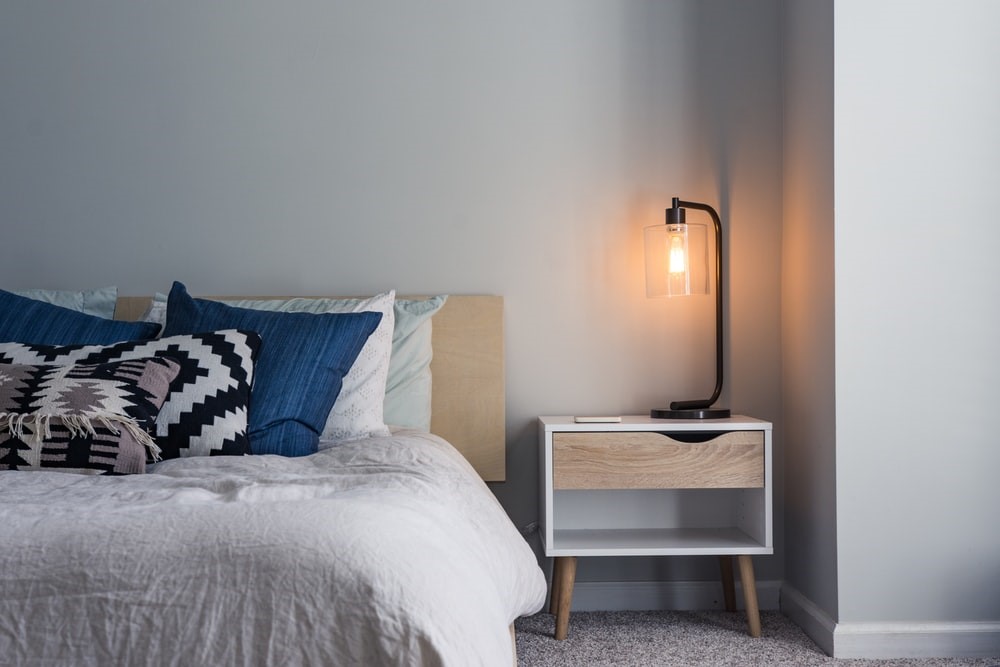In establishing or decorating a new home, the choice of fabric takes part in the overall environment of your newly customized home. Hence, let’s take a clear understanding on what are the range of fabrics in order to ensure that the fabric’s function and the description fit your desired decors.
Here are 11 common range of fabric types where you can pick from in the development, comfort, and even aesthetics of decorating your home without neglecting the characteristic each fabric provides. The following are canvas, twill, herringbone, satin, velvet, damask, ticking stripe, jacquard, chiffon, suede, and cashmere fabrics.
Take a read and grasp how these different fabrics are used in order to know when to use such fabrics and the significant characteristics it provides.

Canvas
These range of fabrics are known to be used by artists or painters for their paintings. However, this fabric is useful when durability is prioritized over the texture such as the function it serves back in the day.
Twill
With its ability to drape well and resists wrinkling, this can be used for curtains and often times used for clothing or apparel. This type of fabric is also durable with its strong and thick characteristic that hides soil better than plain weave.
Herringbone
These range of fabrics are best used for homes located in low temperature and is good for serving as curtains that ensures the home is insulated well.
Satin
Satin is a common type of fabric we see in our daily life most especially in some fashion. The texture of satin serves as a statement-making fabric that is good to use for dresses/formal wear apparel, drapes, decorative pillows, and even bedding.
Shantung
Sheer drapes, Roman Shades, and table runners are good for this fabric as it flows beautifully with a slight sheen.
Velvet
Despite the fuzzy feeling the fabric gives off, the fabric velvet is and actually durable for upholstery aside from the rich color it provides. Moreover, excellent insulation for drapes is also provided by this fabric.
Trellis
The stylish vibe a trellis fabric provides is good for Roman shades, shower curtains, or accent pillows. The design of this fabric is inspired by Moroccan tiles and garden trellises.
Damask
These range of fabrics are heavier than most fabrics which are perfect drapes and table cloths.
Ticking Stripe
In a french country-themed interior, petite stripes are good for upholstery and bedding.
Awning Stripe
The design this fabric offers is good for wallpapers, rugs, Roman shades, exterior overhangs, and for a bold color-blocked curtain look. The design of this fabric is wide-striped that used to be seen in preppy, east coast style.
Ikat
The patterns are woven in this fabric as well as the vibrant color it provides is known in the fashion world that is also fitting for windows, bedding, or hanging on the wall.
Jacquard
The range of fabrics jacquard can be used for drapes and tablecloths as it allows the furniture to look formal with its classic piece of upholstery fabric.
Chiffon
The sheer characteristic it provides usually serves for evening wear or special occasion as an overlay. Moreover, chiffon is a fabric that offers delicateness.
Suede
This type of fabric is not recommended for everyday use as it has the ability to be absorbent and tends to stain. Suede is usually used for garments or accessories such as shoes, handbags, or jackets.
Cashmere
This fabric offers a softness that can be worn directly against the skin despite its delicateness and the inability to insulate as much as the wool fabric can. This can be used for light sweaters, gloves or scarves, and even underwear or blouses. Moreover, this fabric is thin and light-weight that weaving this dense fabric is possible.
Lycra/Spandex/Elastane
This is a polymer that is resistant to heat usually worn for socks or sportswear. However, this is not so used on its own that these range of fabrics need corporation with other textiles in order to add flexibility.
Therefore…
In choosing a fabric, it is important to pick the right fiber it is made of such as synthetic, or natural fibers, also the material the fiber came from, the construction style of the fabric, and lastly the design and color of the fabric in your homes to ensure a cozy feel with the right appropriation of these fabrics.
By learning these types of fabrics, you don’t have to hesitate picking the right fabric for your newly customized home decors. It would be recommended to check the range of fabrics at your local stores in order to determine which fabric is perfect for the projects you plan to customize. Fabrics for the trade are where you can check to help you make your decision on which type of fabric you can use for your customized projects.

